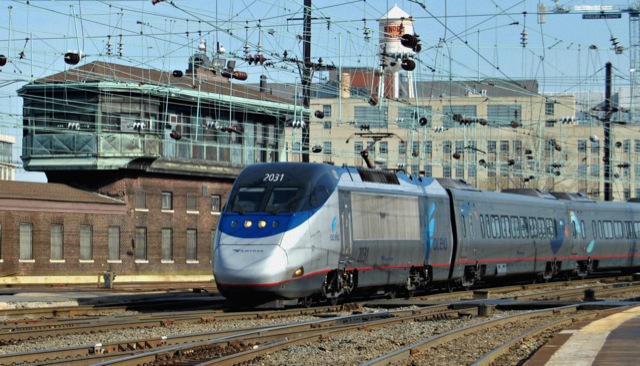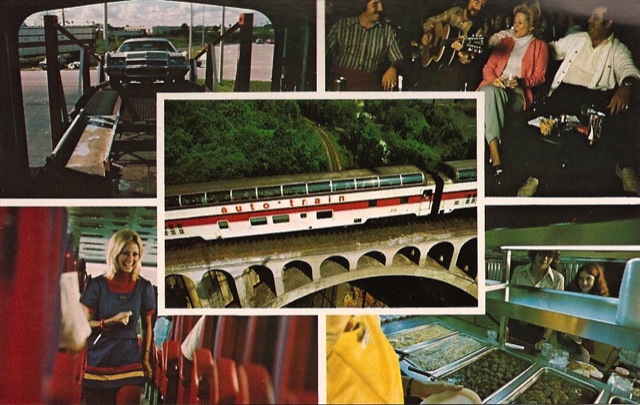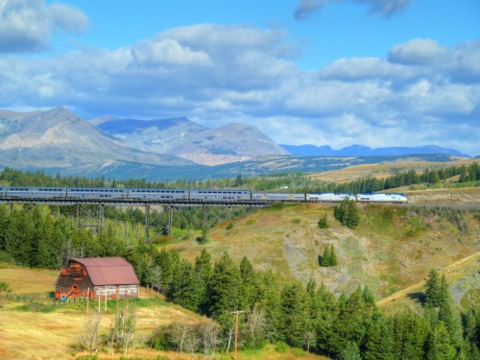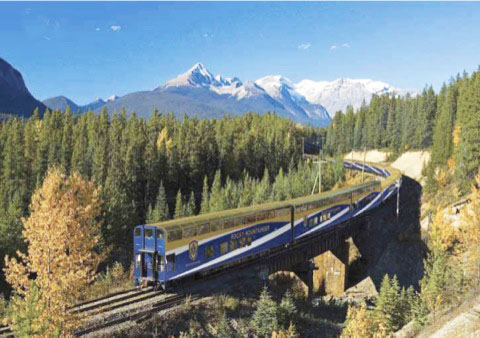A transit advocate who calls himself Captain Transit asks, “How can Amtrak charge so much for the Northeast Corridor?” His answer, which he claims to have arrived at with the Antiplanner’s assistance, is that buses carry the low-income passengers in this corridor, so Amtrak can get away with charging first-class rates for high-end passengers.
That’s not exactly correct: there are low-cost buses in a lot of Amtrak corridors, but only in the Northeast Corridor does Amtrak collect average fares exceeding 32 cents per passenger mile. In fact, fares for the Northeast “regional” trains (which is what Amtrak calls the non-Acela trains in the corridor) average 42 cents a passenger mile, while the Acela fares average more than 75 cents a passenger mile (these numbers are from 2011 and are calculated based on page C-1 of Amtrak’s end-of-fiscal-year performance report).
As near as I can tell, Amtrak’s route structure is politically determined. Amtrak trains serve at least one city in all but two of the contiguous 48 states, and that is several states more than when Amtrak was created in 1971. Amtrak could only benefit by adding routes through more states, each of which have two senators. (Significantly, the two contiguous states that Amtrak doesn’t serve, Wyoming and South Dakota, each have only one representative in Congress.)
On the other hand, Amtrak’s fare structure is market driven. This doesn’t mean Amtrak sets its fares to make a profit; obviously it doesn’t. Instead, it sets its fares to be as high as it can get in each market. For example, Amtrak fares between Chicago and Minneapolis are nearly twice airfares because Amtrak has only one train on this route that continues on to Seattle, and Amtrak doesn’t want Chicago-Minneapolis passengers to take seats that might otherwise be filled by Chicago-Seattle passengers.
Continue reading →











